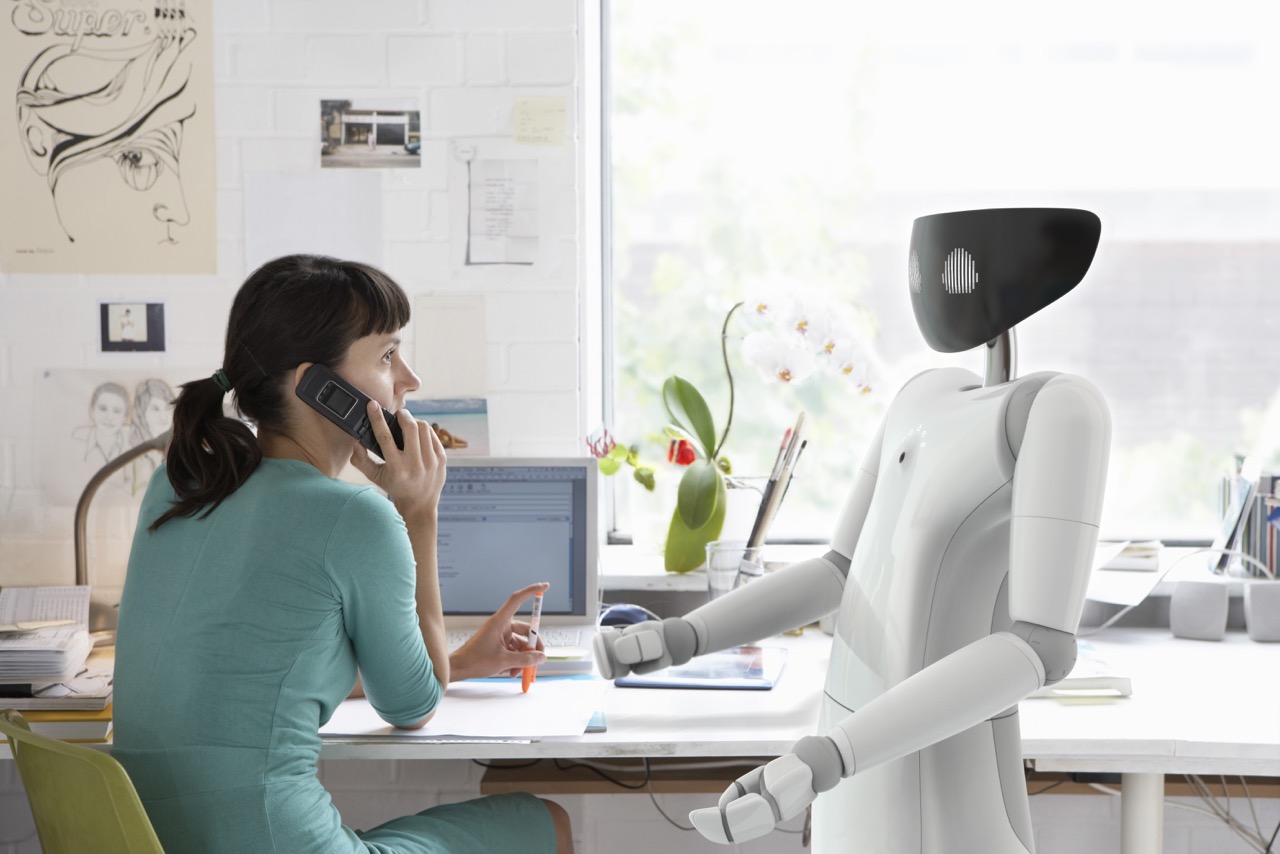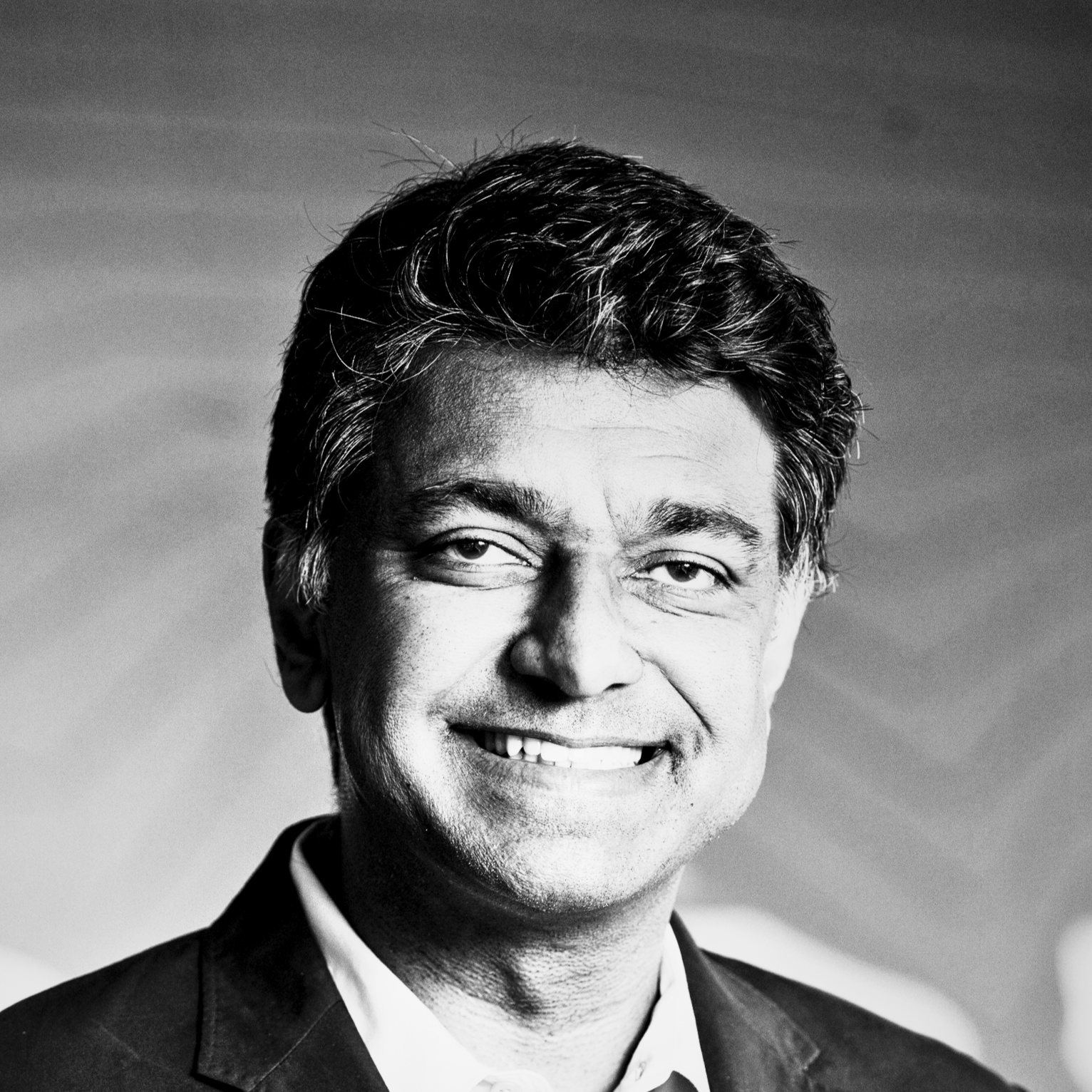Guido Charosky On Innovation, The Importance Of Understanding Users and Design Trends
Guido Charosky is co-founder of Drop, an innovation consultancy firm based in Barcelona. Drop is focused on the creation of unique products and services, centred in user experience & business models. Drop works for companies like HP, Mitsubishi Research Institute, Italian Institute of Technology, Mobile World Capital Barcelona, Playsam and Léuké among others.
He is also a lecturer at ESADE in Design Thinking, Innovation & Lean startup and Director of the Innovation Lab of the MBA. Also he is the Coordinator of the Masters in Innovation Strategies & Entrepreneurship at IED (European Institute of Design).
Guido has a vast experience in innovation & design in several sectors: services, health, consumer electronic, capital goods, toys, technology and FMGC.
Guido defines innovation, drawing on his experience across different sectors and academia to share insights into user centred design and global trends in design education.
Highlights from the interview (listen to the podcast for full details)
[Tom Allen] - Could you please share a bit about your background in design and innovation? [2:02]
[Guido Charosky] - I'm from Argentina. I studied industrial design at the University of Buenos Aires, where the continuous social crisis has quite a lot of impact in how designers address our profession. The sensitiveness to the social impact of our work is really present.
I started working as a designer when I finished the first year of my degree. I had a full time job as a designer during the day and went to university at night. I was the only industrial designer of the company, a design firm focused on retail and point of sale material, and very soon I was managing my own projects ($150k) for Unilever as a 20 year old.
Then with the big crisis in 2001, the company closed and I continued working with some of the clients as a freelance. That was my first contact with entrepreneurship.
I took a project with Revlon and went from getting the brief, doing the sketches, design, approval, cost, engineering design, vendors management, manufacturing supervision, packing, loading the packs on the the truck, delivering the boxes to the client and invoicing... all on my own. That was a great experience.
I then finished my degree and moved to Miami, where my family had moved with the crisis. I decided to move to Barcelona to continue studying and started a PhD in Project Innovation.
At that time I started to feel that design is not enough.
Innovation is what helps you to have the big picture and understand the problem that you should be solving.
I finished at the Masters level (DEA) in 2007 with a plan to continue the PhD 10 years later. It's now been 10 years and I am going to continue my PhD this year!
After the Masters I began work with HP as a designer and in the meantime did a postgraduate in Business Innovation.
Innovation is not only about creativity or understanding the problem; it's about business - not only to make money, it needs to be sustainable.
That naturally took me into the field of design thinking and innovation because in the end implementation is what counts.
What is it that drives you to work in the field of innovation and design? [6:21]
I wanted my projects to have bigger impact. Making just another piece of furniture or a nicer packaging wasn’t really challenging. I didn't think the world needed just another chair. The chair problem is already solved.
Thus I moved into innovation, which in the process is similar to design. Designers have been using this process for years. But introducing the layer of business and technology is not so common and in the end innovation is about people, both on the user/customer side, and on the company side.
In the end there is always a person who makes a decision and you have to understand every stakeholder, creating value for everyone involved... otherwise things will not happen.
Which projects have you been involved in recently that you’re most proud of and which ones do you believe have been most successful in creating positive social or environmental change? [7:53]
The latest project we have done that has a lot of impact is creating robots for IIT (Italian Institute for Technology). [Guido explains further]. We helped them in defining and understanding needs and opportunities in different sectors where robots could give value.
Another project which has a lot of impact is a project called 'Discovering Matias' which comes from a book from a personal coach called Claudia Bruna. [Guido describes the project and how it created a game to use and apply coaching methodologies for children and their parents.]
As a professor, I have participated in three editions of the Challenge Based Innovation (CBI) project at CERN, with three universities: UPC, IED, and ESADE (design, business and technology students collaborating in multidisciplinary teams) working on big social challenges and applying certain technologies to bring them to society. One of the projects was about refugee camps and how to improve living conditions. The students came up with a Micro Grid solution to provide energy to refugee camps. [Guido explains this project in detail.]
Could you please define ‘innovation’ and give us an example of a successful innovation strategy? [12:04]
Innovation is about creating value for the user and all the stakeholders involved in the value chain.
For example the user of a bike might be a little girl, but the mother, grandmother, retailer and everyone else involved needs to be understood and we need to create value for all of them.
Innovation is about identifying opportunities through user and market research, conceptualisation of products/services, prototyping, testing and iterating. [Guido explains further.] Innovation is deeply related with design. Design plays a key role in innovation at the end, design is HOW you deliver those value propositions to the market.
Innovation is an attitude and it's about feeling comfortable with uncertainty. It's about understanding that you don't have all the answers.
How do you believe innovation strategies could best be applied to tackle some the the social issues Europe has experienced since the crisis? [14:54]
I think it's about using design thinking and innovation methodologies; in the end this is a process which is about understanding a problem. It's about user research. It's about having the buy-in of top management in companies (or political buy-in).
In order to make big changes you need buy-in.
It's about reframing the problem and identifying opportunities, not only to create new services, but it could also be cost-saving opportunities because it's about putting the value where it really needs to be.
How have you seen the design industry change in Spain in the last five years and what do you think the future holds for the sector? [16:28]
The merge of the physical and digital design world is a global trend. Design professions will move towards this overlapping of professions.
There's also some contradiction there because there is an arising of super specialised designers because everything is getting more and more complex. But at the same time the super generalist designers are also rising with the need to see the big picture and be able to coordinate and integrate complex things into coherent experiences.
In the future we will see continued growth in Service Design, Interaction Design and User Experience Design. Industrial Design will get more and more sophisticated. With the Internet of Things (IoT)
With the evolution of technology we're getting rid of screens so how will we interact with devices? There will be a huge need for design to start dealing with this massive wave of technology that is coming. [Guido talks about this further.]
In your approach to design thinking and innovation education, what do you believe educators can be doing in the classroom to foster a culture of innovative mindsets who clearly understand the social and environmental consequences of their actions? [18:55]
We need to get the students out of the classroom and out from behind the computer.
It's about getting out there and talking to real people in real environments so that they can experience the pains of the people they're working for.
Working in multidisciplinary teams is very important. Not combining different design disciplines, but getting design students with business and engineering students for example. That's how it works in real life.
Innovation is multidisciplinary... you almost never work with people of your same background.
Which innovation tools and processes do you believe are the most effective? [20:32]
Design thinking, lean startup, ethnographic research, customer journey mapping, empathy mapping, business model canvas and the lean canvas, which I found more actionable than the BMC. I think these tools are very helpful to visualise what you are doing.
What advice would you give to the students listening who want to use their careers to generate a better world? [21:14]
Just do it. Follow your passion, follow your dream.
You can always find a good excuse not to do it (no money, no contacts, too busy...). If you really put all your effort, passion and talent into it, you can do it.
Look for a problem you want to solve (it might be a very little one) and go for it. Start small, but think big.
Have you come across any inspiring projects or social innovation initiatives in Spain recently which you believe are creating positive social change? [22:23]
'mSchools' is an initiative of the Mobile World Capital in Barcelona to generate a new way of learning and teaching. They are planting a seed in kids to make change. They have reached more than 4000 students to grow entrepreneurial spirit and they have learnt how to design and prototype apps and improve their digital skills.
Education is where we need to start and is what is going to make us a more innovative society.
The Drop Studio
To finish off, could you please share 3 great design or social innovation books that you would recommend to our listeners? [23:24]
[Guido discusses the books listed below.]
Initiatives, people and resources mentioned in the podcast
- Challenge Based Innovation (CBI) at CERN
- mSchools (A Mobile World Congress programme)
Recommended books
Ten Types of Innovation by Larry Kelley
Talking to Humans by Giff Constable (free PDF)
Business Model Generation by Alexander Osterwalder










